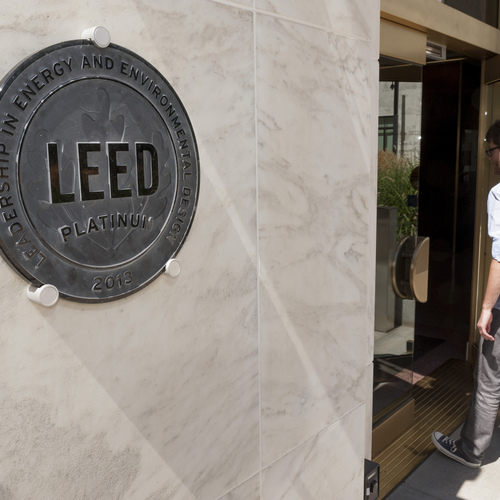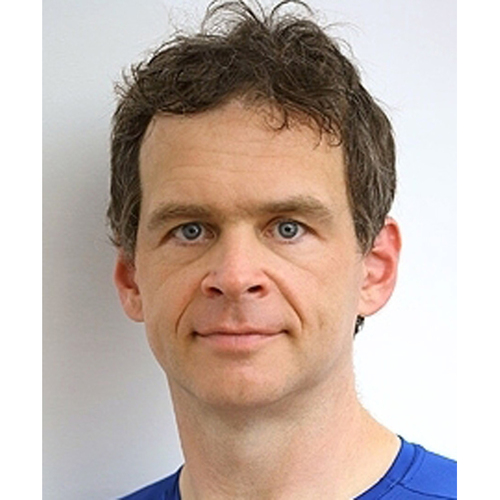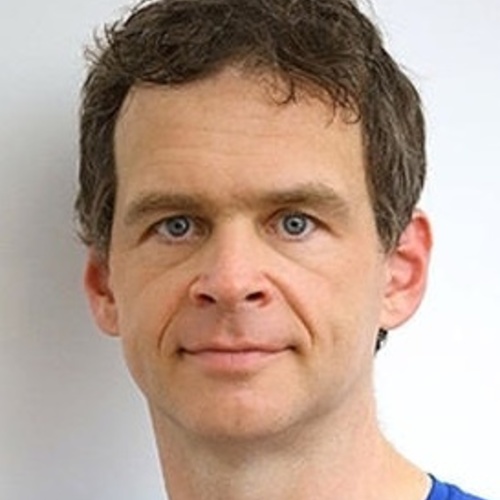
Image Credit: Rob Moody, Organic Think Inc
Musings on Mazria, Lstiburek, and Gifford: Part Two
My college stats prof was out to lunch (figuratively) on a good day. He was ready for retirement, and it showed. What I learned about statistics I learned from my biology professors who had me doing real science with real-world applications for me, not rote learning from a text and a boring, out-of-focus prof. Here’s the point: Median can be a better indicator of trends than mean in smaller data sets that are highly variable. Check out this Wikipedia excerpt:
While the mean is often used to report central tendency, it is not a robust statistic, meaning that it is greatly influenced by outliers. Notably, for skewed distributions, the arithmetic mean may not accord with one’s notion of “middle”, and robust statistics such as the median may be a better description of central tendency.
This is the case with the LEED study by the New Buildings Institute. There were significantly more high-energy-use buildings (labs, supermarkets, etc.) in the LEED data set than the Commercial Building Energy Consumption Survey (CBECS) set. Furthermore, the CBECS data includes parking decks, warehouses, and some other building types that have extremely low energy usage. These building types are absent from the LEED data set. I don’t want to belabor the discussion about whether this was an appropriate study or not. Nadav Malin does a great summary of this topic, which is followed by a lengthy discussion from a variety of people.
Here’s an even bigger picture point: The study concluded that LEED needs to be improved. This is not a news flash by any means to the U.S. Green Building Council (USGBC), an organization in constant flux. In fact, LEED Version 3 incorporates a development cycle for improvement and evolution along with the marketplace, feedback on past LEED-certified buildings, and membership input. If you don’t think LEED is hitting the mark, join the USGBC and become involved.
All existing rating systems need improvement. There is not one perfect rating system out there. What will separate the good rating systems from the bad will be their commitment to improvement.
Bottom line: The LEED sample set does not have the same building type makeup as the CBECS. In order to make the sets comparable, the NBI took some professional license by utilizing common statistical practices. Think about it in the context of our most recent presidential election: If you compared poll results of voters from a town hall meeting in Wasilla, Alaska, to the results of the general election, they would probably differ significantly. The poll wouldn’t predict the national results, but it would be an indicator of regional opinion, which is valuable. So is the NBI study valuable in a number of ways. Here are the actual conclusions:
- When the outliers are removed (which is common in a data set with similar characteristics to the LEED data set), LEED buildings do outperform the CBECS. The higher the LEED rating, the more pronounced the improvement. Averages of gold and platinum LEED-certified buildings in the study were compared to the non-LEED buildings and showed a 45% improvement.
- The buildings studied were highly variable within the certification levels. Some buildings actually displayed serious energy consumption issues. The recommendation was for the USGBC to seriously commit to improving on these issues.
- There needs to be better feedback on design versus performance—improvement of energy modeling as it corresponds to energy performance.
- The problem of high-energy-use buildings needs to be addressed.
- ASHRAE 90.1 may not be delivering the intended results.
- The LEED rating system needs continuous improvement.
The good news is that the USGBC is listening. We as an industry need to constructively encourage the USGBC to look specifically at the energy credits of the LEED rating system and develop an approach that ties into building performance. Those credits in LEED NC are:
- EA Credit 1—Optimize Energy Performance
- EA Credit 3—Enhanced Commissioning
- EA Credit 5—Measurement & Verification
We could also stand to take a good look at this from a homes perspective as well for continuous improvement in design and performance calibration.
LEED is an incredible program with incredible momentum. Starting over now would waste a lot of time and energy that we don’t have. It’s a great beginning, so let’s help improve it.
It’s obvious that Henry Gifford gives a damn. It’s also obvious that USGBC gives a damn. Lstiburek, Mazria, E.O. Wilson, Obama, T. Boone Pickens, and Al Gore also give a damn. The list goes on; it’s growing now, and that’s the big picture point that I want to make in this blog. People that haven’t cared (or at least have put it on the back burner) about energy efficiency and the environment care now, whatever their reasons. We must harness this bipartisan sentiment and use it for the greater good.
All of this infighting is a distraction from the really important current needs, so let me bring this home to the readership. Why does this matter to you? Really, let me know what you think in the comments below. I’m a former builder who recently moved on during this economic mess surrounding our industry. In all actuality, I was probably ready to move on, but the fact that most of the work dried up definitely encouraged me to go.
What we as builders are worried about is getting work, clients getting project funding, keeping employees busy, and, ultimately, feeding our families. How can we possibly do that in this current climate? To me, all of the indicators point to growth in the green-building sector. How can any part of the building industry be growing? The higher-ups in government are embracing change. Whether you agree politically or not with the administration, there is a heck of a lot of money coming out of its coffers for energy retrofitting and green building in general. As an industry, we need to embrace change.
Just a couple of weeks ago, along for the ride with the Charlotte Regional Chapter of the USGBC, I met with the City of Charlotte Housing Authority about just this topic. Its budget will skyrocket this year from the stimulus package for home improvement and weatherization. Lots of those funds will have green and energy efficiency stipulations attached. The city has a pool of contractors, but there won’t be enough folks to cover the work that needs to be done. This money is real. The work will be real. There needs to be a reliable model for educating contractors and placing them with the work that needs to be done.
We have to work together to achieve our common goal. I think more and more these days people are open to accepting suggestions for improvement. If we can all get along long enough, I think we can get some jobs back and benefit the environment all at the same time. Next blog, I’m going to try to harness hot air as a renewable energy source.
Weekly Newsletter
Get building science and energy efficiency advice, plus special offers, in your inbox.











2 Comments
LEED path is wasting resources
Rob, I suspect your fondness for LEED is influenced by the amount of time you have invested in LEED.
I will put my money with Henry Gifford,Martin Holladay and Passivhaus. I think Leed is too much about paper chasing.
I have seen many highly rated LEED projects that seem to ignore climate,sun,air barrier, thermal bridging,and meaningful r-value.
I think we should turn our attention to Passive House concepts.
We should not give awards and Brownie points to projects that have not proven themselves for at least one year.
If everyone would ignore LEED and just practice what Martin Holladay suggests then I think we would get there a lot faster.
I say we should make Martin or Henry or Wolfgang the Energy Czar.
We have common ground
I agree with several of your points. Passivhaus principles are great, and I will be chronicling a project in the near future on the blog. I also agree that performance of buildings is the most important part of energy efficiency efforts. My point is that let's work to improve the best, most popular rating system out there and make it more reflective of building performance. The movement can utilize existing momentum and improve at the same time. The amount of time that I have spent on LEED since I started building is relatively minuscule, however I like it because it's comprehensive and also because the USGBC is committed to very important goals. I also agree that all of the expert voices heard here should have influence on the federal stage. Thanks for your comments.
Log in or create an account to post a comment.
Sign up Log in